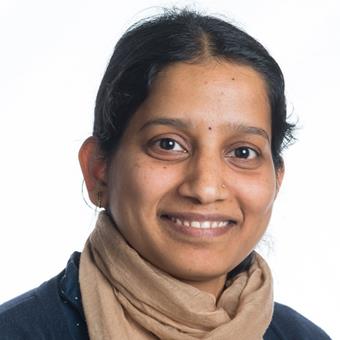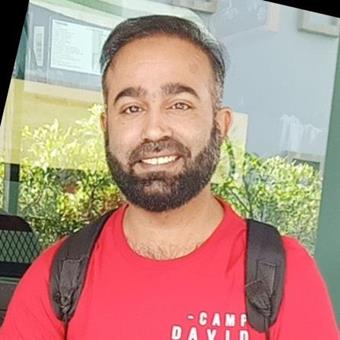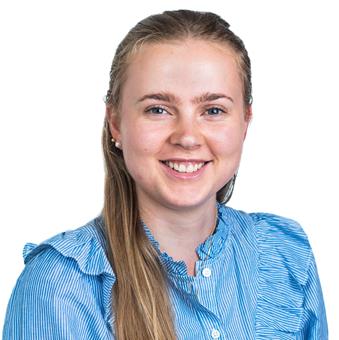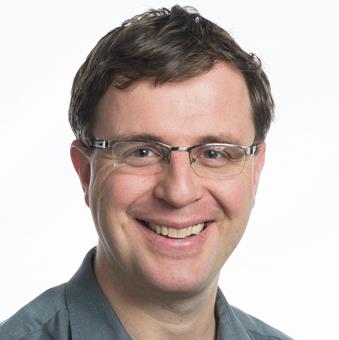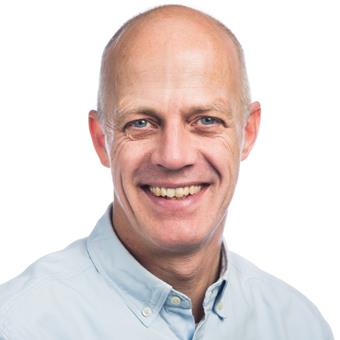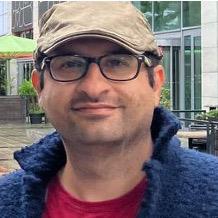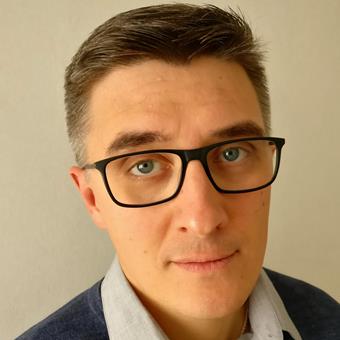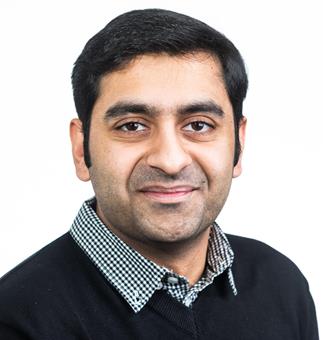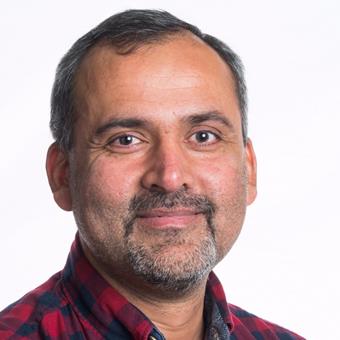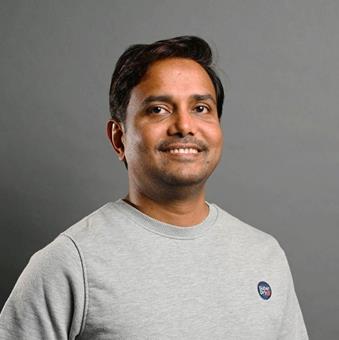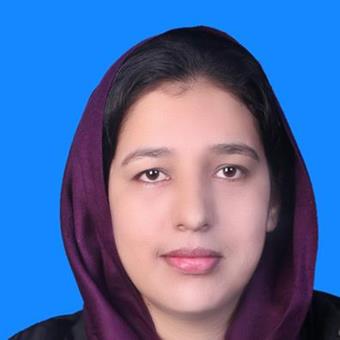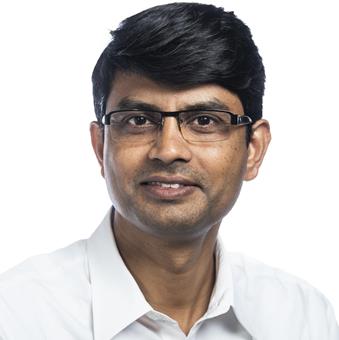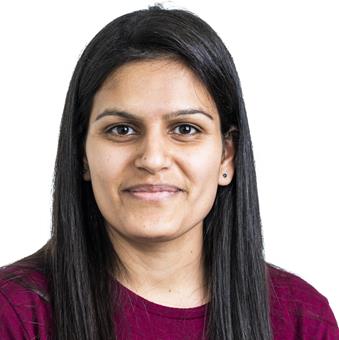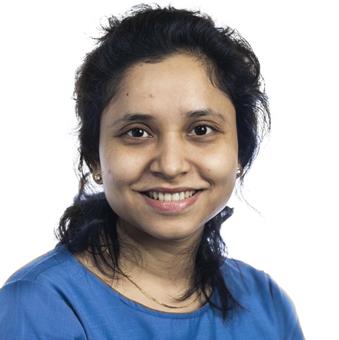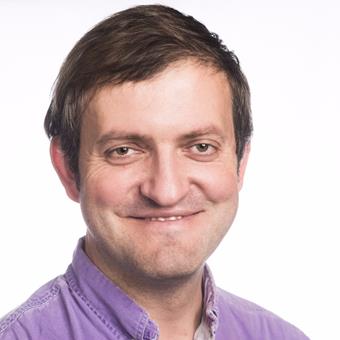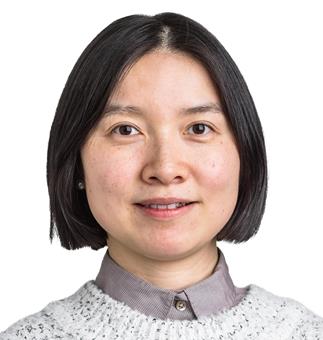Co-investigators: Isak Engquist, Viktor Gueskine, Zia Ullah Kahn
In Organic Energy Materials we design organic materials with a specific function for energy transport, conversion or storage. One key advantage of organic materials is that they are composed of atomic elements of high natural abundancy; which is highly relevant for mass implementation of energy technology. Energy devices can be separated into conversion and storage devices. Both types can be designed to operate as solid state or electrochemical devices.
The research unit of Organic Energy Materials is composed of about 30 researchers and divided into 3 research groups: organic energy storage (OES), organic energy harvesters (OEH) and organic electrochemical device (OED).
Our research spams from fundamental research on materials (e.g. organic electroactive polymers, forest materials, organic dyes, liquid organic hydrogen carriers) to their implementation in energy devices (e.g. organic batteries, organic redox flow batteries, organic electrolyser, organic thermoelectrics, piezoelectrics).
The use of 2D-materials and forest materials are combined in new nanocomposites for electrocatalysis, electrical conductor or thermal management. Some of our activities are also devoted to the fabrication of materials and devices with additive manufacturing methods.
Finally, we promote the Swedish spirit of entrepreneurship (Gnosjöandan) to support start up companies from birth until they take off.


